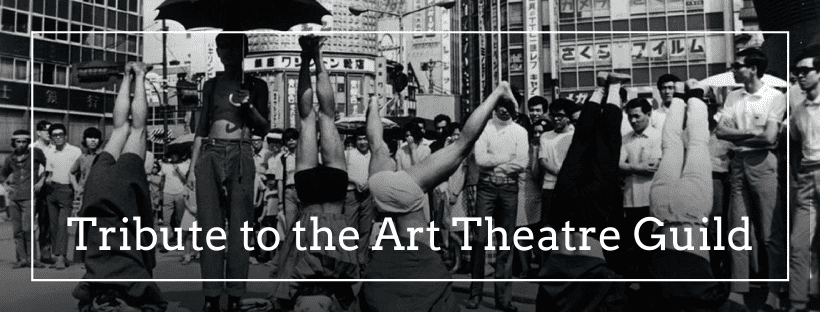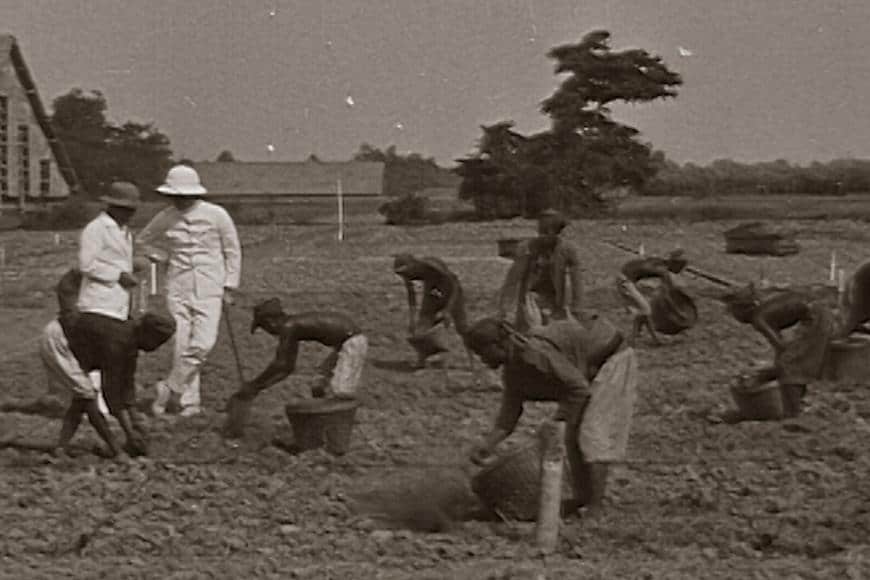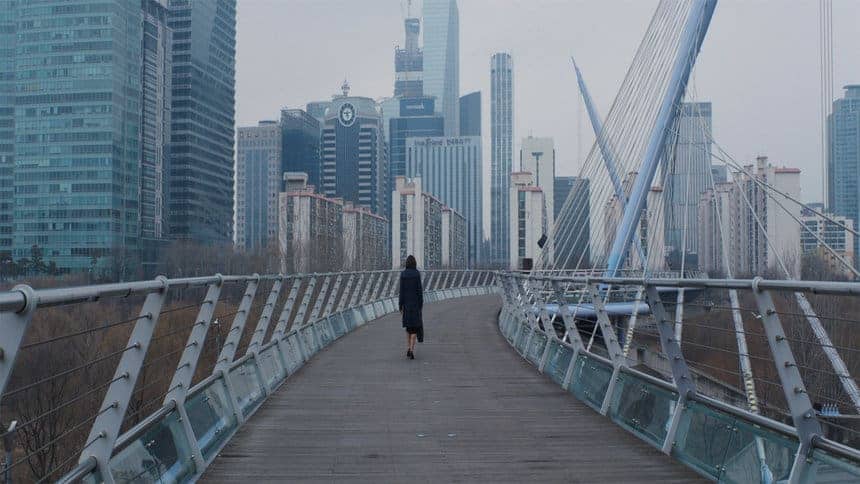“Tattoo” is based on the story of Akiyoshi Umekawa, a Japanese mass murderer who killed a woman on December 16, 1963, and shot dead four people on January 26, 1979 during the notorious Mitsubishi Bank hostage incident. The film also signalled a change of direction for Banmei Takahashi, who was a veteran of pinku cinema up to that point, as the movie was a critical and box-office success and earned him an award for Best Director from the Yokohama Film Festival, along with a netting of 3rd best film of the year and a Best Actor for protagonist Ryudo Ozaki.
The film begins with Akio Takeda (an alternative name was used for Umekawa) being carried in Osaka morgue after being shot by the police, with an officer informing his mother next, who believes that her son got in trouble once more. After the intro, the story takes a flashback to when he was 15 years and 9 months old and committed his first murder in the most brutal fashion, invading her home, asking her for money, and then proceeding on stabbing her and bashing her head with a table when she denied. After a mention of a time in juvenile prison, we see him getting a yakuza-like tattoo, in order to pose as a gangster, and eventually working at a hostess bar.
There he begins to lust after Michiyo, the most beautiful girl there, before managing to win her and even becoming manager of the parlour eventually. However, Michiyo also has a yakuza boyfriend in another exploitative relationship for her, while his ill treatment of the initially appearing as a noble guy Akio, essentially forces her to search for a way out. The movie then follows his non-stop downward spiral, while also highlighting the role of his mother, Sadako, who never stopped supporting him no matter what he did.
Much like another ATG title, “Aesthetics of a Bullet”, Banmei Takahashi directs a character study about a loser who thinks that he is something more than he actually is, with the only thing essentially making him stand out (and in a negative way) being his proneness to violence and the way he gets obsessed with things. The analysis element, though, does not stop there, as it actually extends to the two main female protagonists, Michiyo and Sadako, both of which are equally interesting characters.
In that fashion, we watch the main hero showcasing his quite contradictory characteristics, since he is angry and violent, but can also be courteous, polite and even likable, as his interactions with his boss and the owner of the bookstore he frequents highlight. What results from these contradictions is that Akio is essentially in a constant battle with himself, with his own way of thinking if you prefer, and that he actually keeps on losing, up until he forces himself to death (forcing the police to kill him if you prefer).
At the same time, Michiyo showcases a self-destroying sense of co-dependency from the men who essentially force themselves on her, torturing and exploiting her, but finds it impossible to abandon them. That her two “suitors” are one fake and one genuine yakuza, tells it all. Her relationships with both and particularly with Akio who even forbids her from eating what she wants, is also the main source of exploitation in the movie, with the scene with her crawling on the floor being as shocking as it is indicative of the characters and the relationship of the two.
Lastly, Sadako emerges as the most tragic character of all, as a woman who faults her violent husband (and to a point, herself) for the attitude of her son, being eternally blind to the fact that he is essentially a very bad person. Her pleas for people and the police to let him go every time he got in trouble and her incapacity to realize how his death came to be is truly shattering to watch, in an ode to the extremes the concept of motherhood can reach.
Evidently, the sum of all three results in a genuine social drama, which Takahashi prevents from becoming a melo by showing the protagonist in all his appalling glory, giving him no excuses and essentially showcasing the women around them as victims also of their own mind. This aspect, and the whole movie actually, benefit the most by the acting, which is definitely its biggest trait. Akio Takeda presents a man who is sociopathic in a number of ways (self-centered, megalomaniac , misogynistic, violent) in the most eloquent fashion, anchoring the whole movie in the most outstanding fashion. Keiko Takahashi as Michiyo plays the eternal victim in equally competent fashion, while the measured performance of Misako Watanabe grounds the movie rather appealingly.
In terms of production values, nothing particularly special happens here, with DP Yuichi Nagata capturing the events with realism, without any exaltations of any kind, and editor Junichi Kikuchi implementing a relatively fast pace that suits the overall aesthetics. However, the green screens presenting the flashbacks do have a particular retro appeal when watched today, with the same applying to Takahashi's choice not to show the events in the bank, which actually adds to the story instead of detracting.
“Tattoo” is not exactly a great movie, and the truth is that Takahashi lingers too long on various episodes and even scenes. At the same time though, the presentation and analysis of the characters and the acting definitely deem it a movie worth watching, even more than 40 years after its initial release. .
















